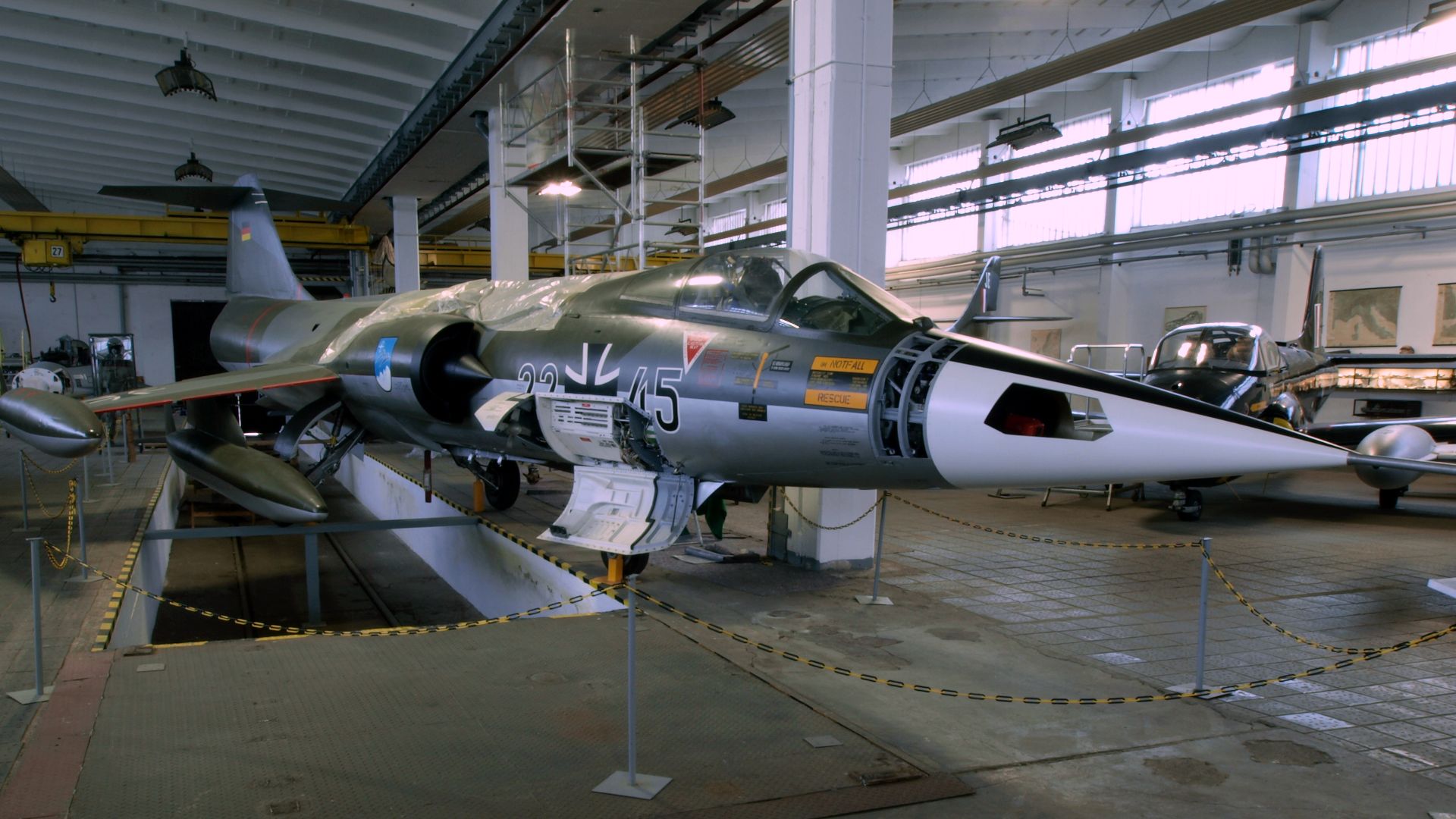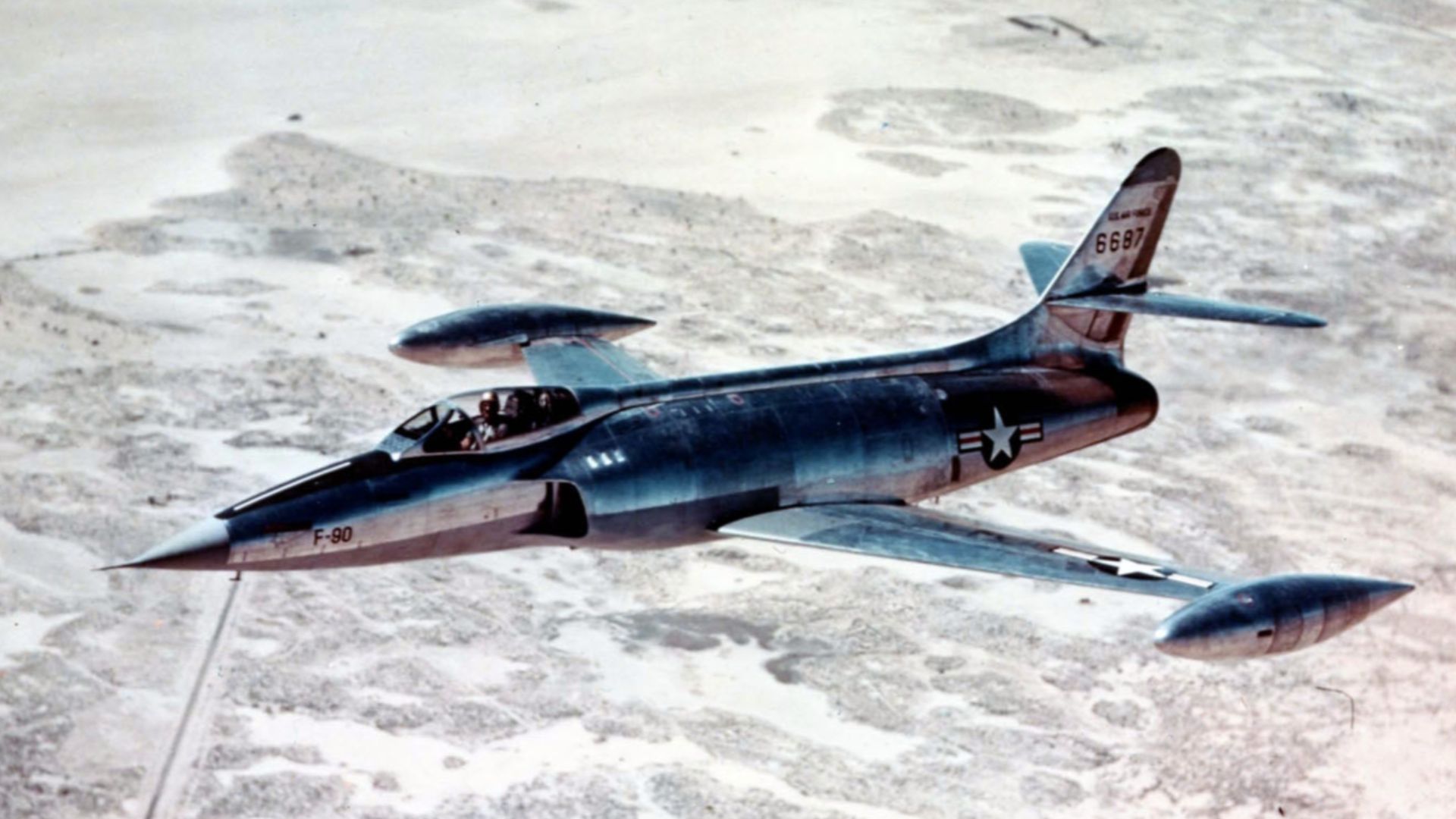Lethal Beauty
Some combat jets earned popularity not just for their performance but also for their appearance. Over all these decades of military aviation, certain aircraft have caught our eye.
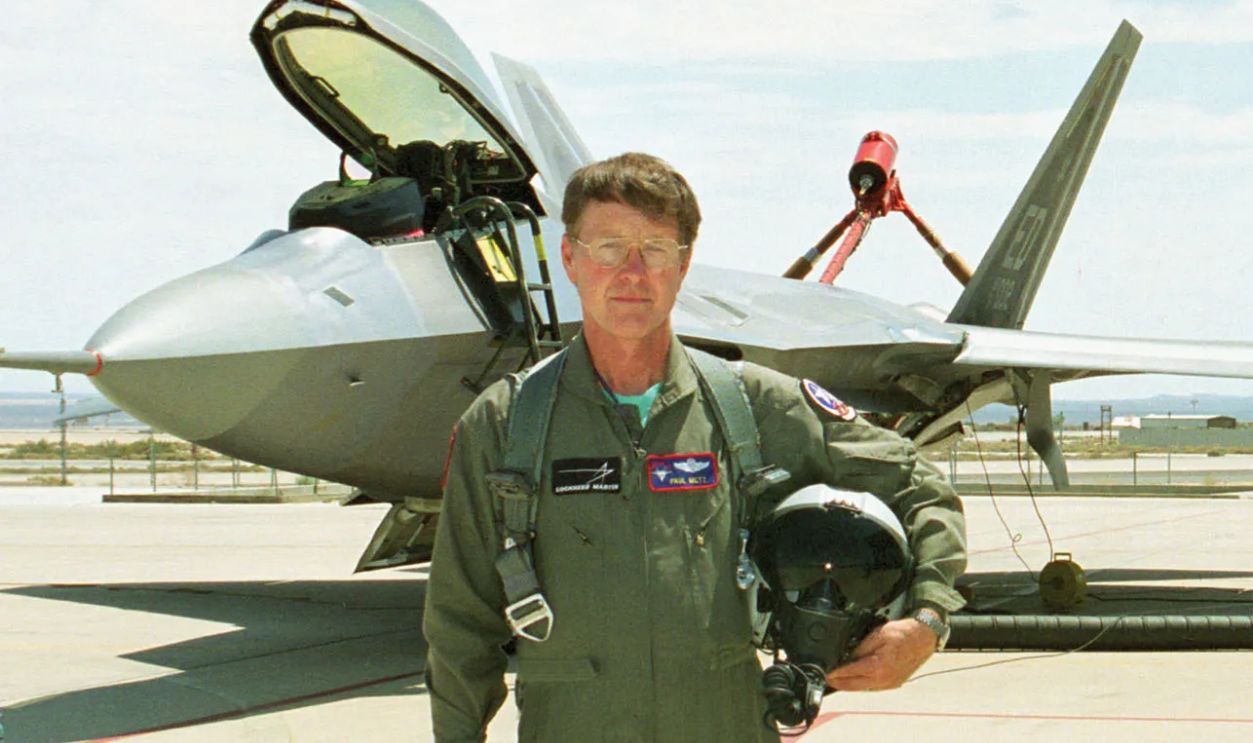
Su-47 Berkut
Its forward-swept wings served a clear aerodynamic purpose that improved agility at subsonic speeds. Unveiled in 1997, the Su-47 tested carbon-composite materials and vector thrust controls. The jet's sharp lines and avian geometry showcased experimental brilliance rarely seen in conventional fighter programs of the era.
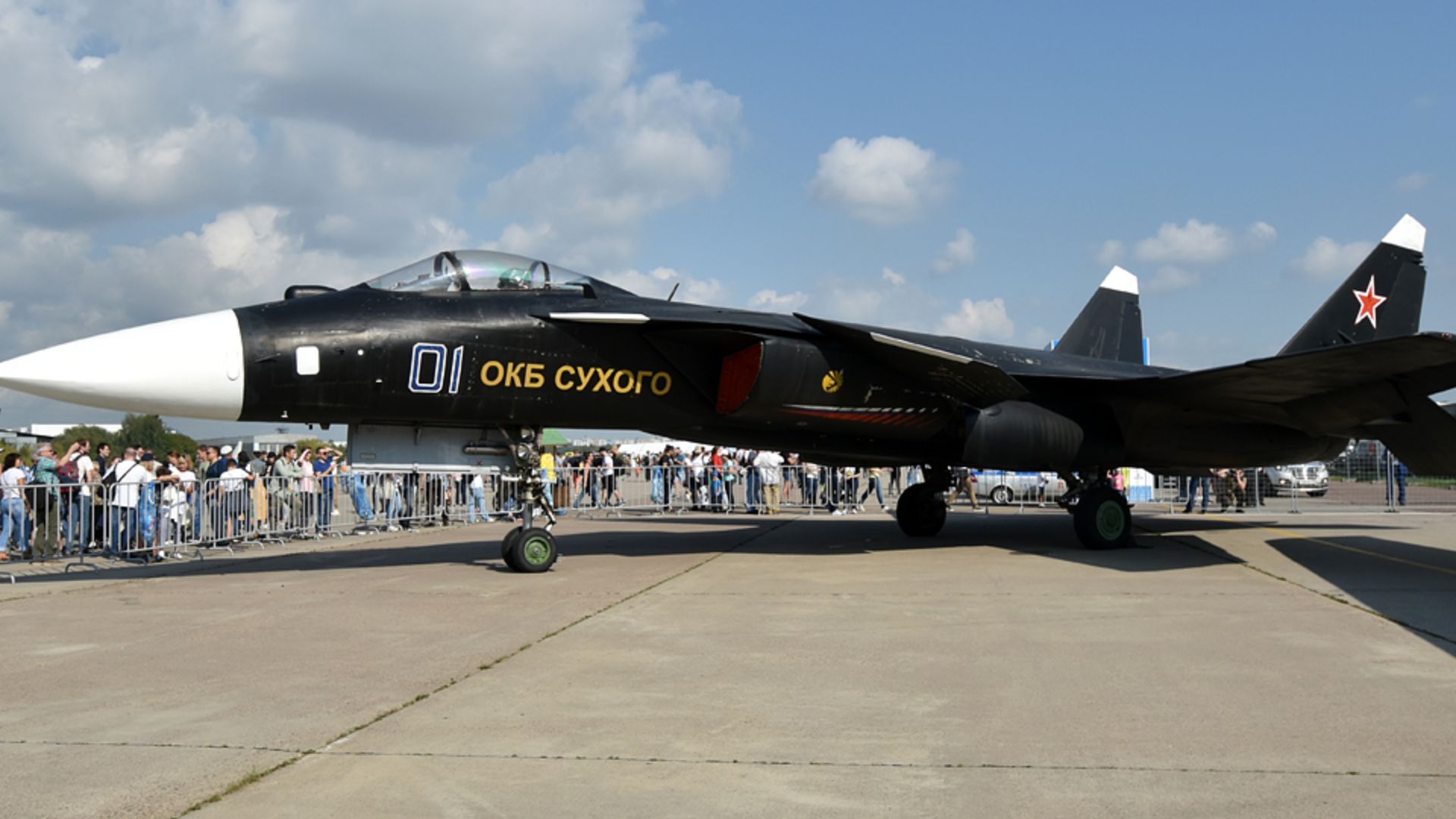 Anna Zvereva from Tallinn, Estonia, Wikimedia Commons
Anna Zvereva from Tallinn, Estonia, Wikimedia Commons
YF-23 Black Widow II
This prototype was stunning with its diamond-shaped frame and smooth, blended wing-body design. It emphasized futuristic elegance and was designed for stealth with buried engine exhausts and radar-absorbing edges. Its unique configuration remains a standout in aerospace exhibitions and defense design retrospectives.
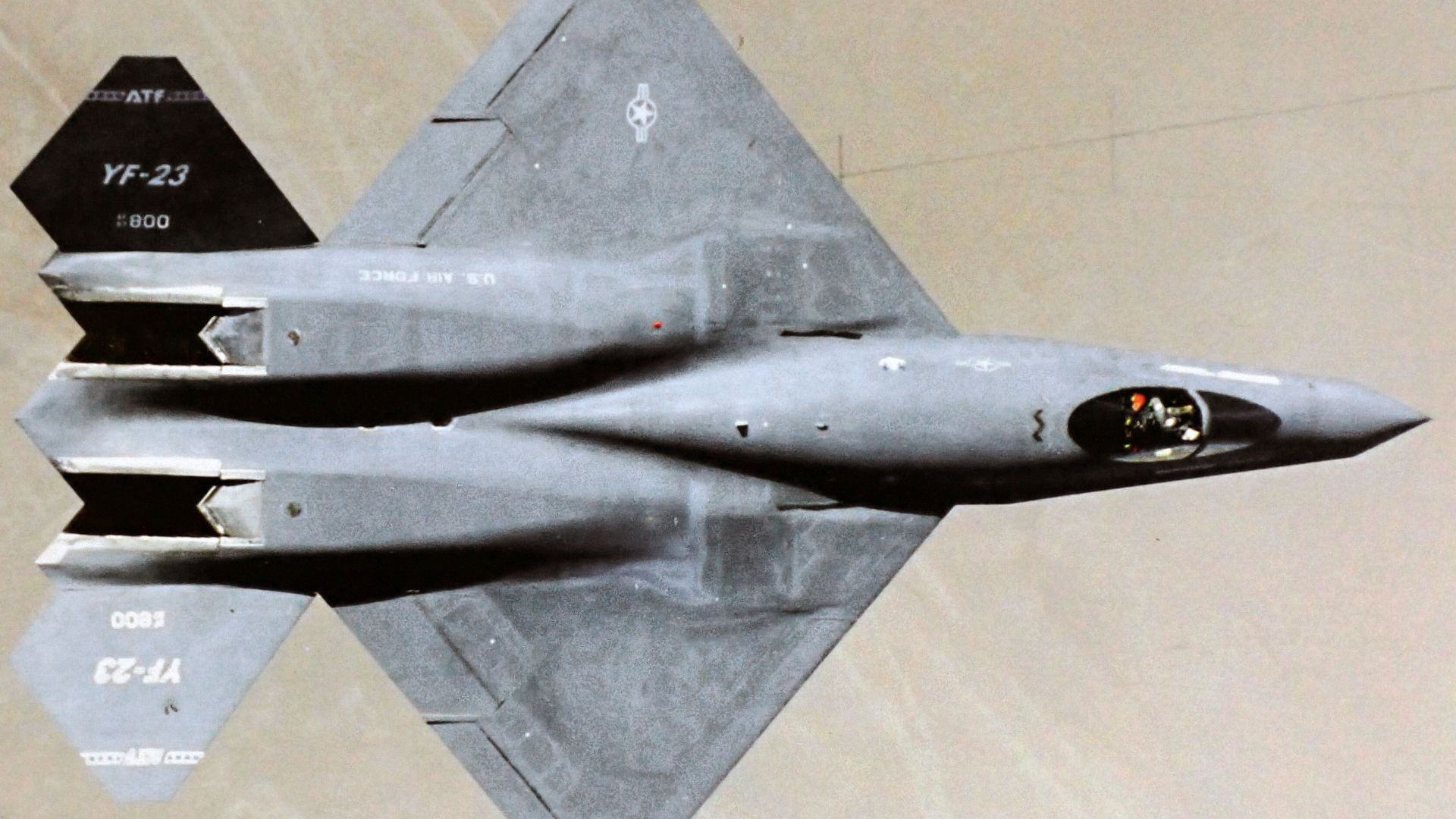 James St. John, Wikimedia Commons
James St. John, Wikimedia Commons
Su-57 Felon
The Su-57 debuted in 2010 with stealth contouring and composite-heavy construction. Its canted stabilizers and angular intake lines create a visual blend of menace and fluidity. The aircraft's shape reflects Russia's ambition to rival Western stealth designs with its stylistic signature.
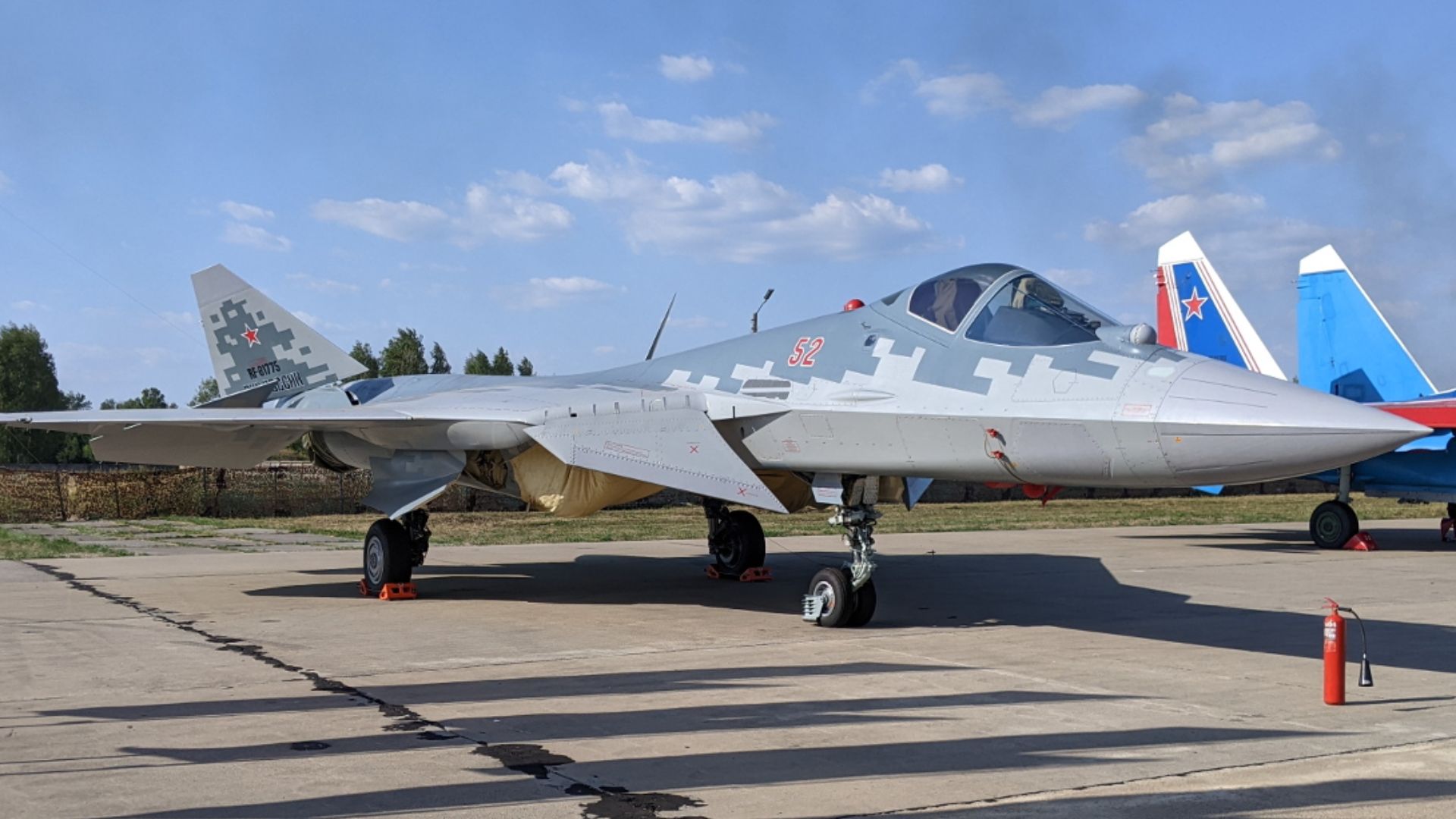 Boevaya mashina, Wikimedia Commons
Boevaya mashina, Wikimedia Commons
F-22 Raptor
Introduced in 2005, the F-22 became an icon of fifth-generation aircraft geometry. Its form reflects aerodynamic logic as much as visual command. The Raptor's clipped diamond wings, embedded engines, smoothly fused twin tails, and internal weapon bays give it a silhouette engineered as much for stealth as for symmetry.
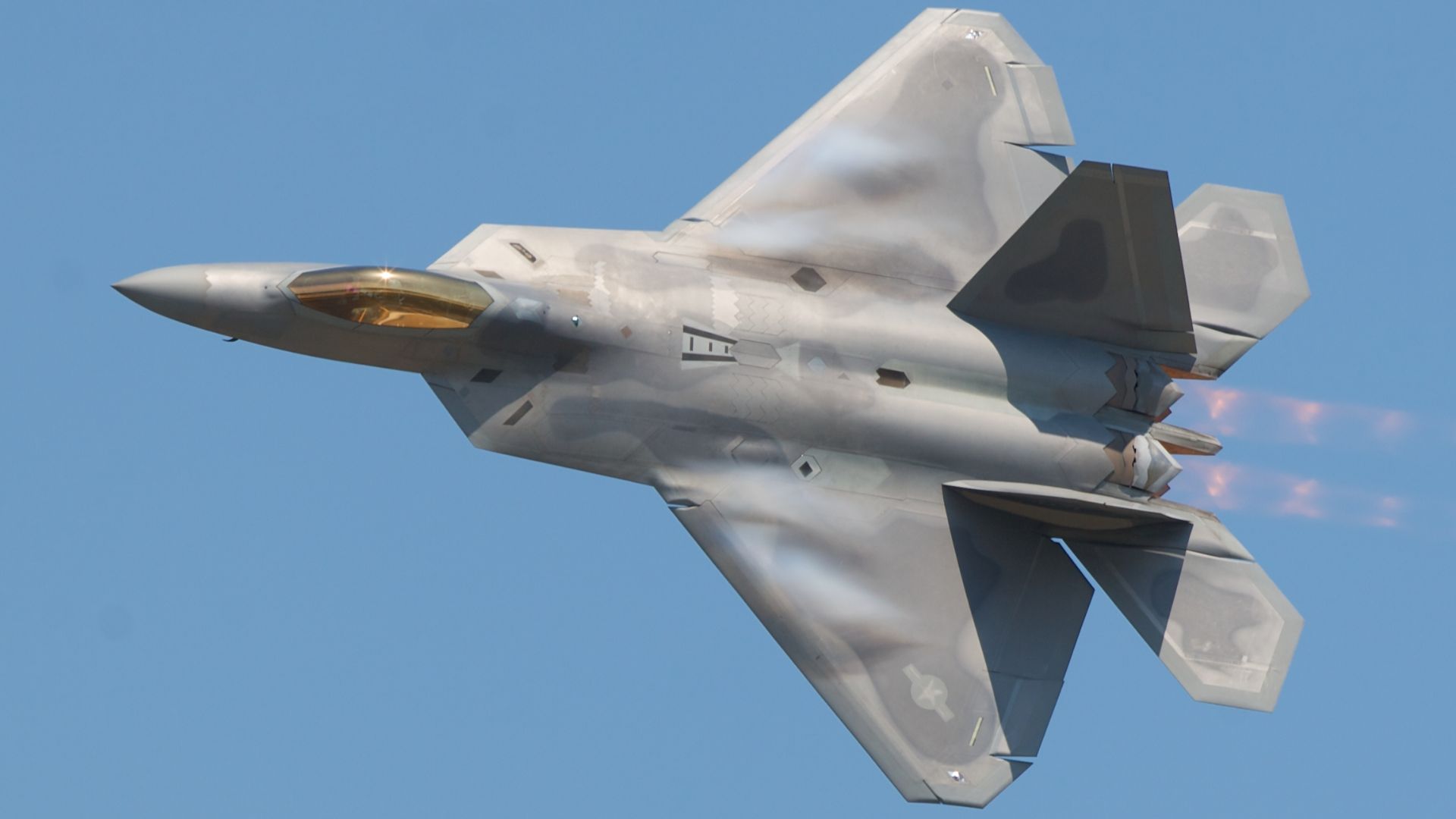 Rob Shenk from Great Falls, VA, USA, Wikimedia Commons
Rob Shenk from Great Falls, VA, USA, Wikimedia Commons
Chengdu J-10 Vigorous Dragon
The J-10 brought a delta-canard configuration, with a pointed nose and swept wings, to China's design roster. It mixes agility with proportional sleekness, developed with Russian propulsion and local avionics. The design reflects a pivotal leap in China's modern aerospace capabilities.
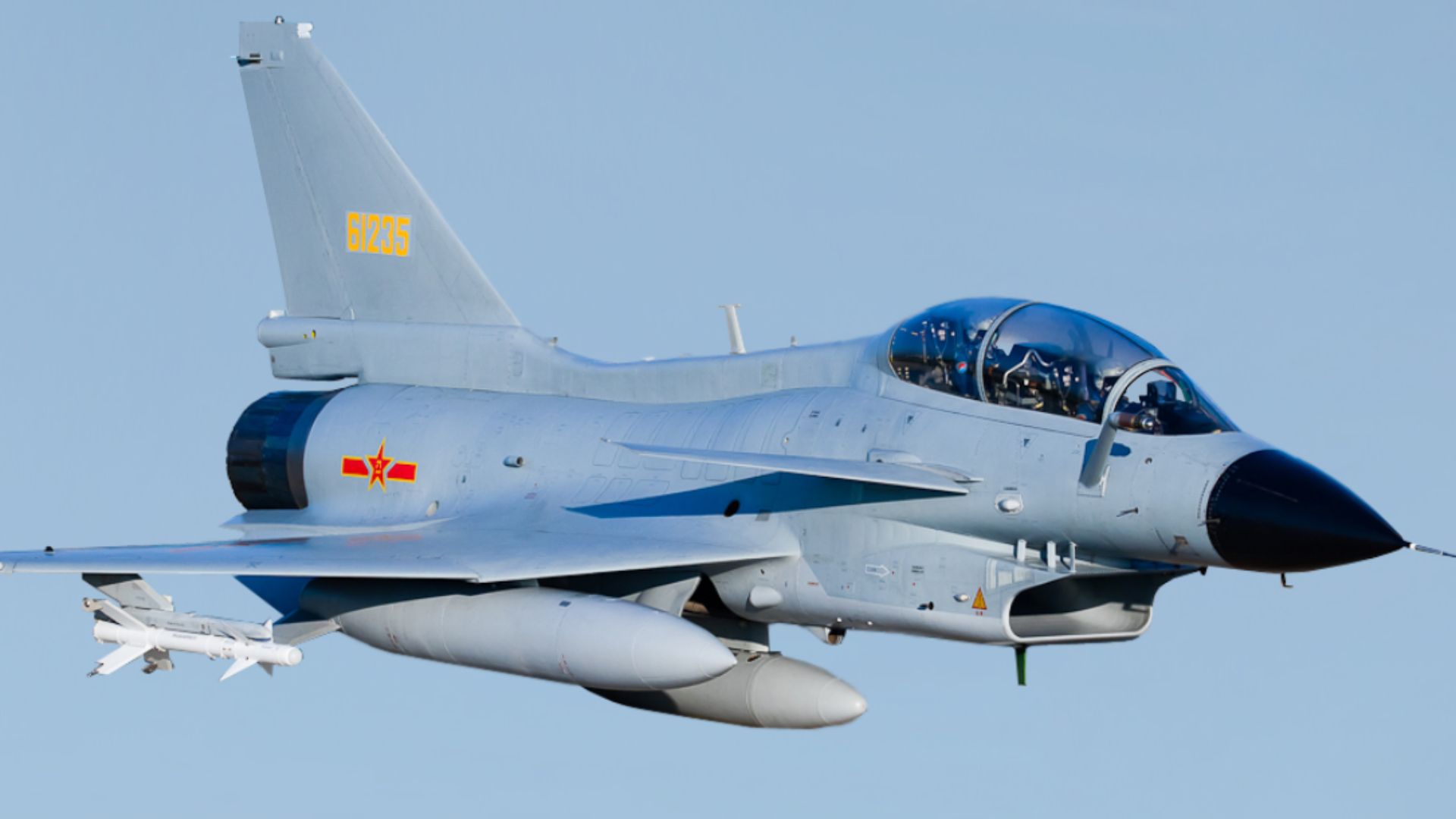 Russian Ministry of Defence, Wikimedia Commons
Russian Ministry of Defence, Wikimedia Commons
Dassault Rafale
French engineers aimed for elegance with a purpose. The Rafale pairs a canard-delta wing with fly-by-wire agility and sensor fusion. Spectra jamming and AESA radar bolster survivability. While early exports were limited, deals with Egypt (2015) and India (2016) significantly expanded its global presence.
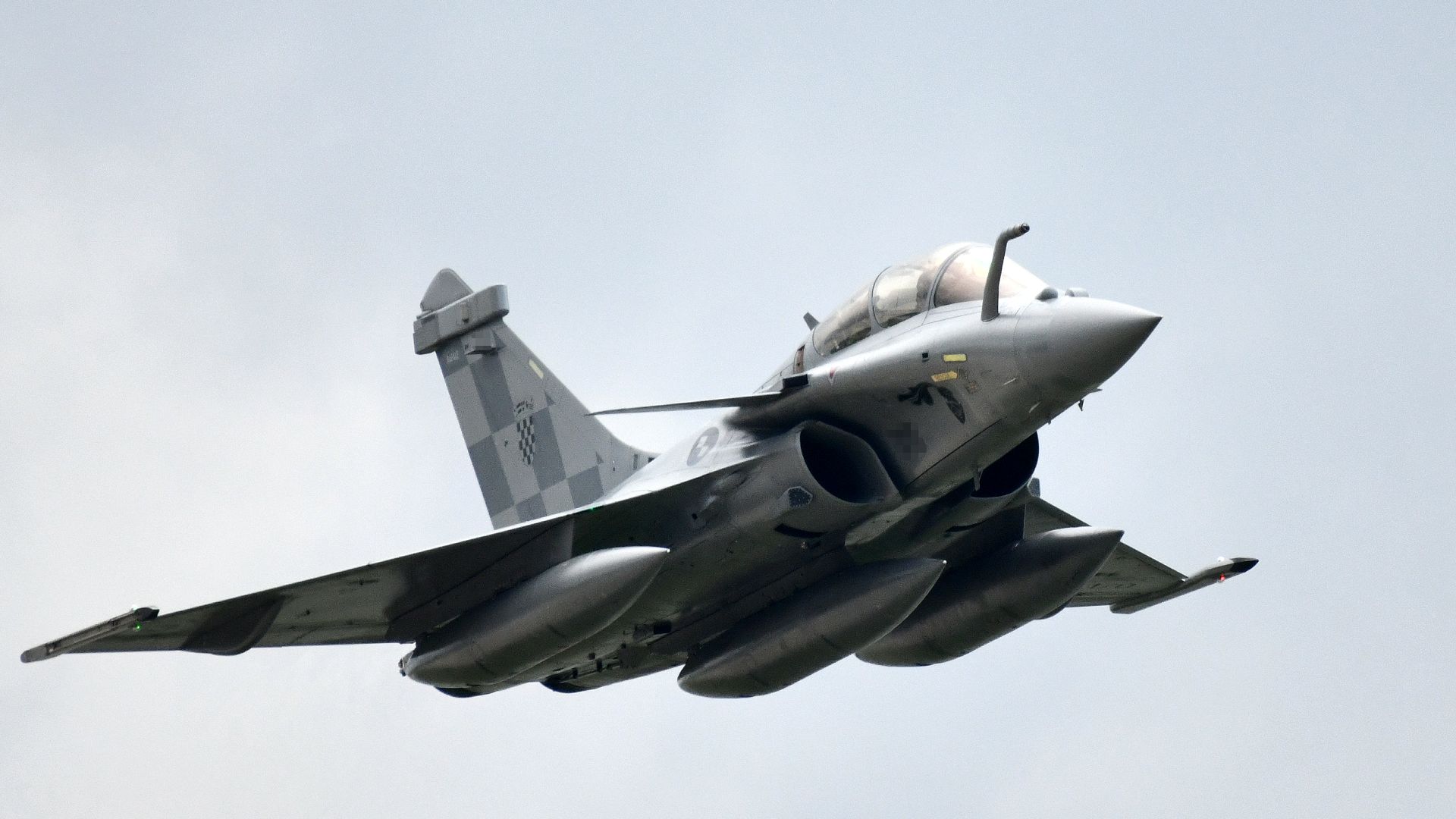 MORH/ T. Brandt, Wikimedia Commons
MORH/ T. Brandt, Wikimedia Commons
Eurofighter Typhoon
This multinational fighter looks as sharp as it flies. Relaxed stability enhances maneuverability, while digital flight controls compensate dynamically. Entering service in 2003, it excelled in dogfighting but lacked stealth shaping. Critics often cite its cost-efficiency issues compared to fifth-generation alternatives like the F-35.
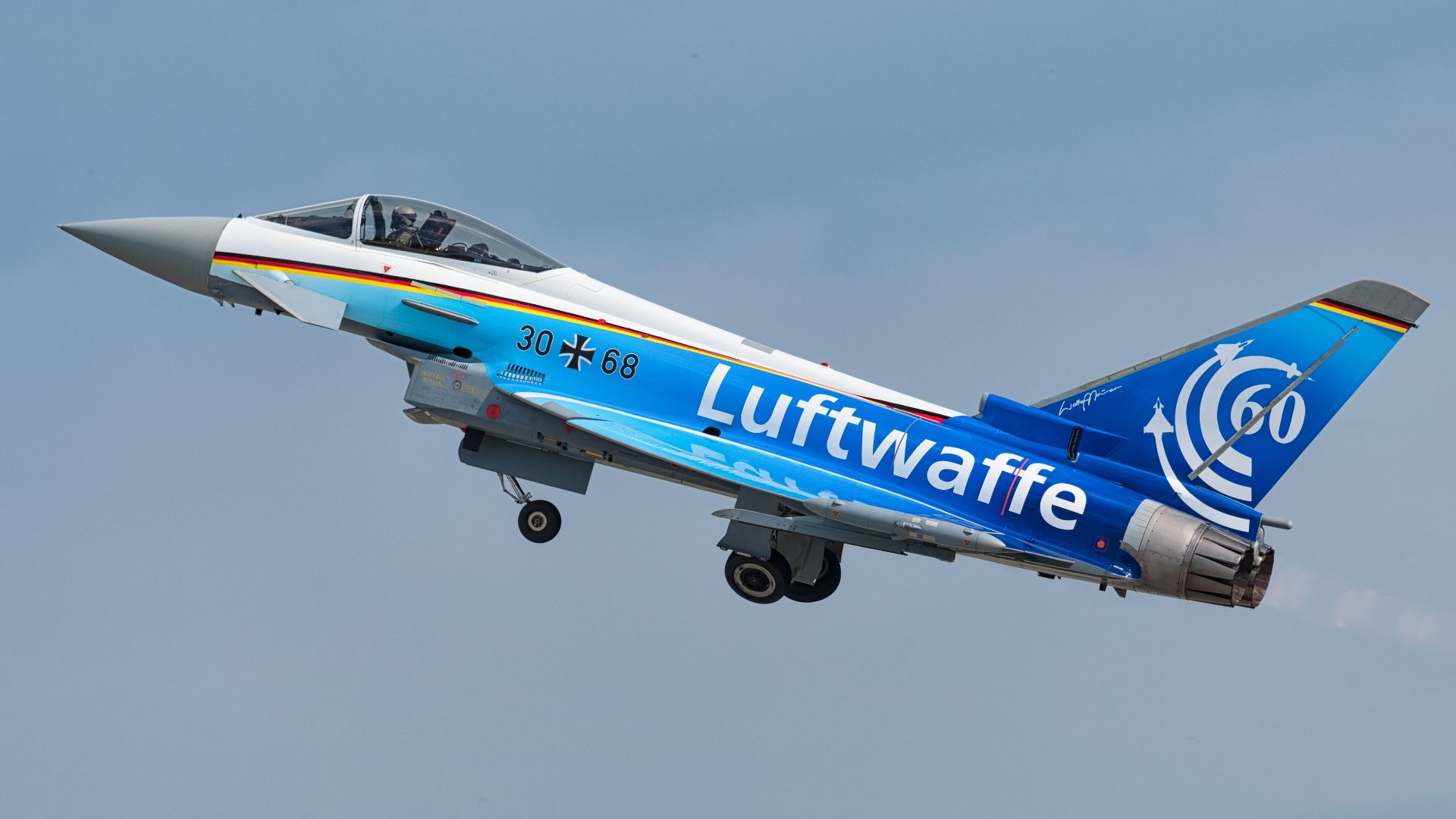 Julian Herzog (Website), Wikimedia Commons
Julian Herzog (Website), Wikimedia Commons
F-35 Lightning II
Lockheed Martin's F-35 emphasizes design integration. Its stealthy contours and blended wing-body structure enhance radar evasion. A panoramic cockpit display and sensor-fused helmet allow pilots to "see through" the jet. Every surface, inside and out, reflects deliberate shaping for combat and visual cohesion.
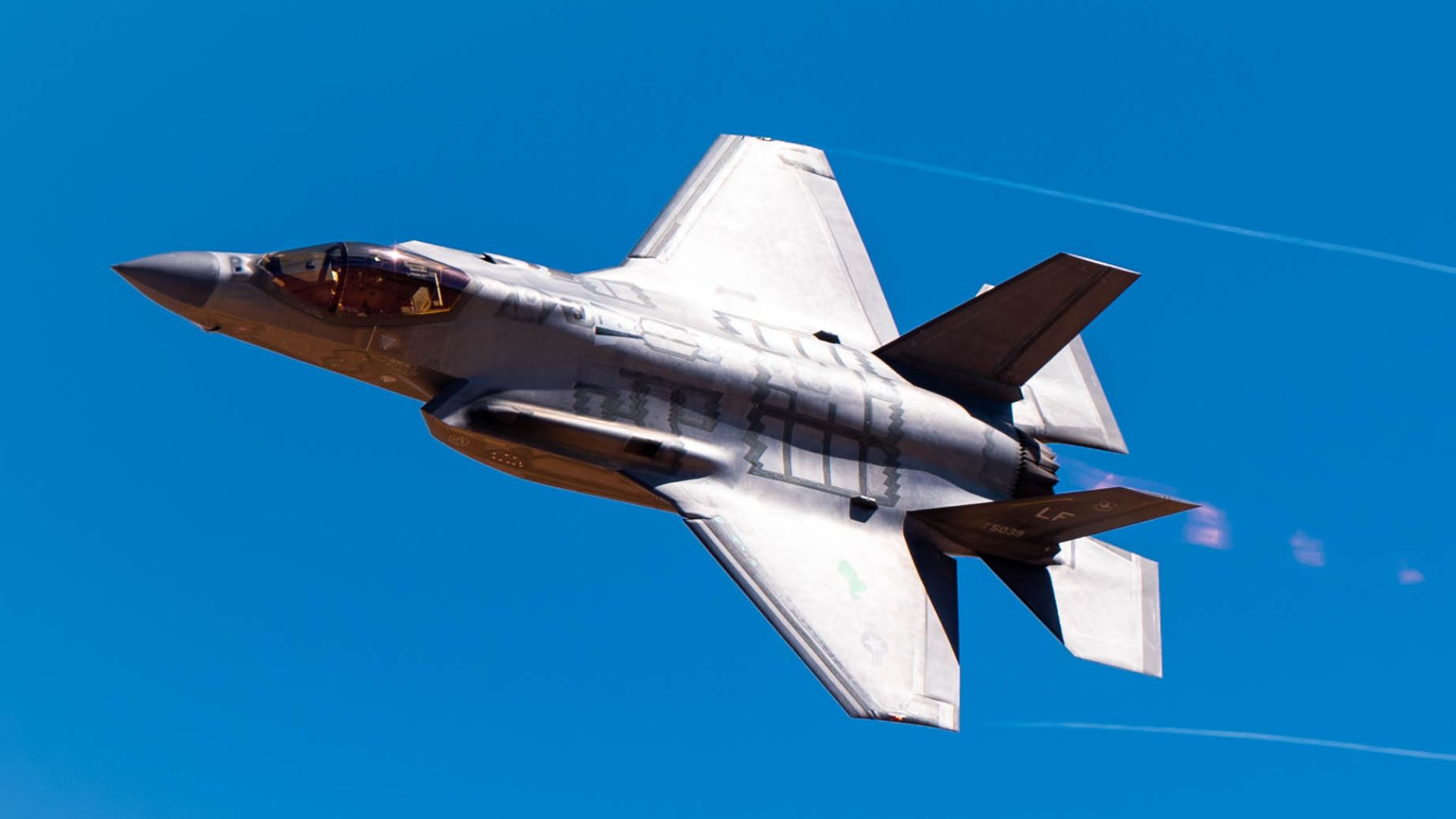 Airman 1st Class Mason Hargrove, Wikimedia Commons
Airman 1st Class Mason Hargrove, Wikimedia Commons
JAS 39 Gripen
Sweden's Gripen is small and flexible. It uses canards and one engine to achieve lightweight multirole performance. Built for low-maintenance operations on remote roads, it suits smaller air forces. Yet, it competes in a world increasingly shaped by stealth and payload.
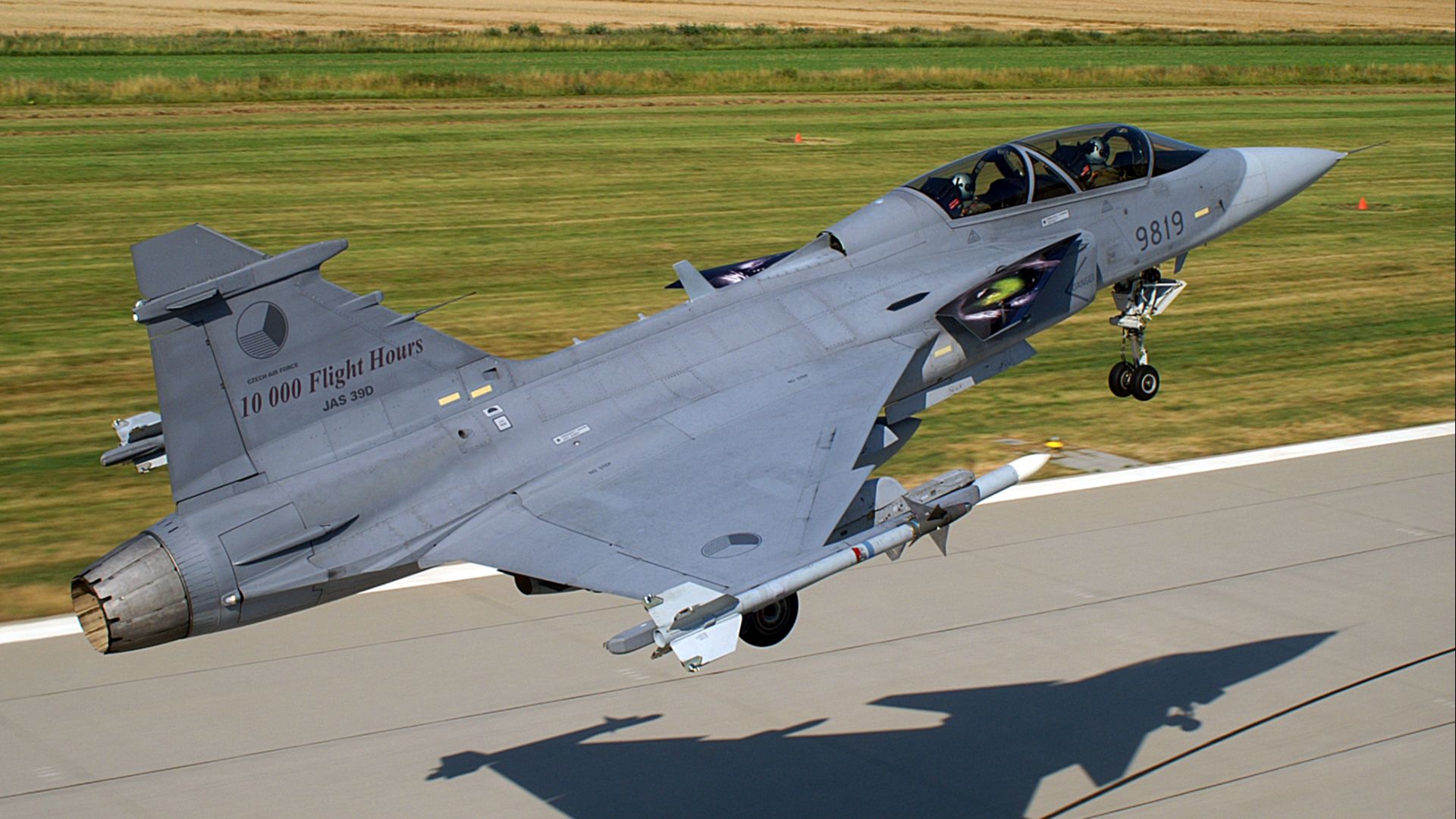 Milan Nykodym from Kutna Hora, Czech Republic, Wikimedia Commons
Milan Nykodym from Kutna Hora, Czech Republic, Wikimedia Commons
Mirage 2000
Few jets have the geometric clarity of the Mirage 2000. Its delta-wing configuration offered aerodynamic stability at high speeds. Introduced in the late 1970s, it served widely and still flies with modernized systems in air forces like India’s, which proves enduring appeal through refined design.
 Airwolfhound from Hertfordshire, UK, Wikimedia Commons
Airwolfhound from Hertfordshire, UK, Wikimedia Commons
MiG-29 Fulcrum
The MiG-29’s blended wing-body frame and wide-set intakes give it an unmistakable profile. It was first flown in 1982 and delivered high agility through thrust-to-weight balance and helmet-sight targeting. The Fulcrum's shape hints at Soviet priorities: fast and visually aggressive even when parked on the tarmac.
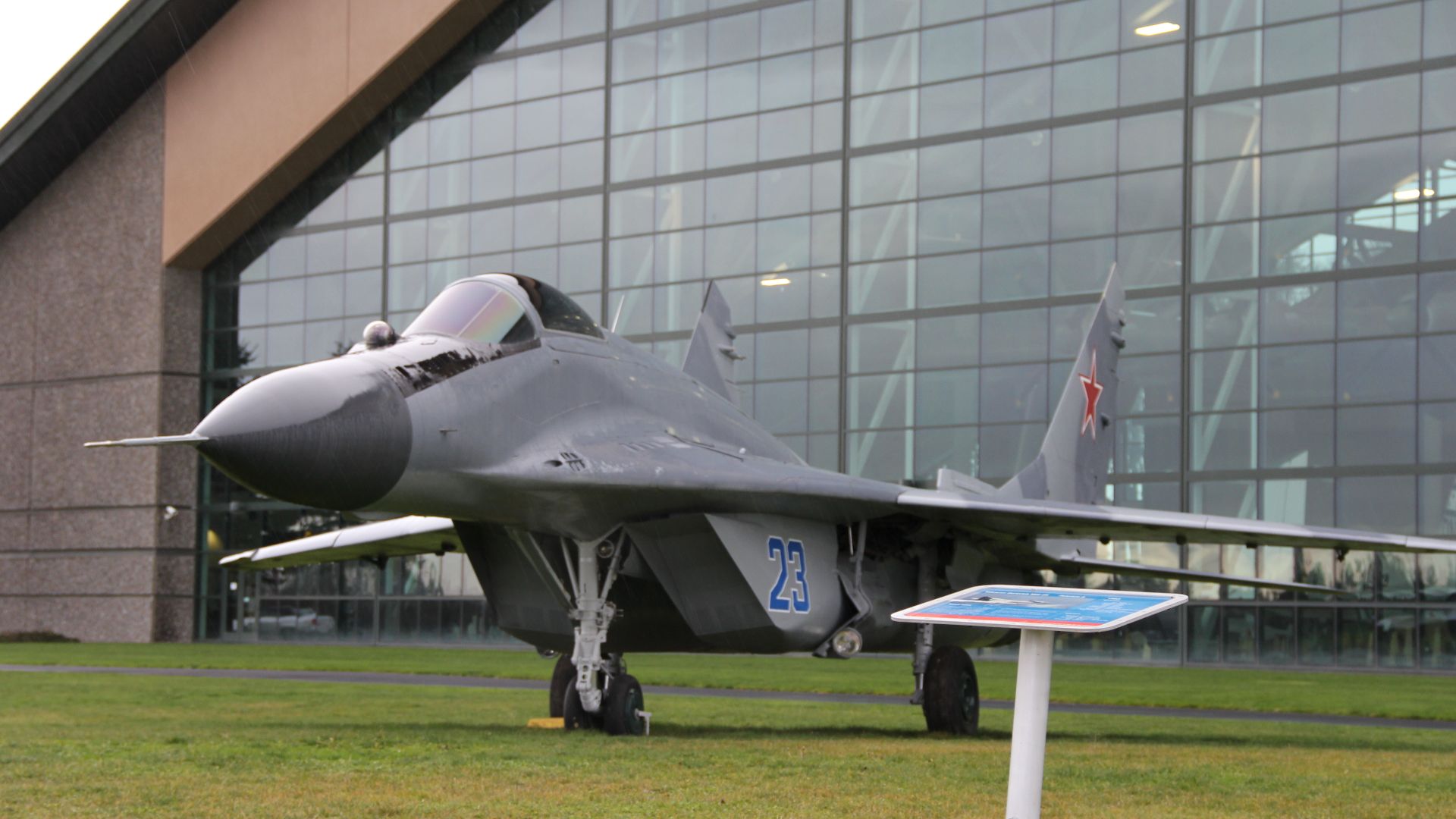 Clemens Vasters from Viersen, Germany, Wikimedia Commons
Clemens Vasters from Viersen, Germany, Wikimedia Commons
Su-27 Flanker
With its expansive wingspan, twin engines, wide tail fins, and raised cockpit line, the Su-27 exudes brawn. Debuting in 1985, its sinuous curves and airshow potential—especially the Cobra maneuver—underscored its sophistication. The language of the Flanker remains a blueprint for most modern-day Russian combat aircraft that succeeded it.
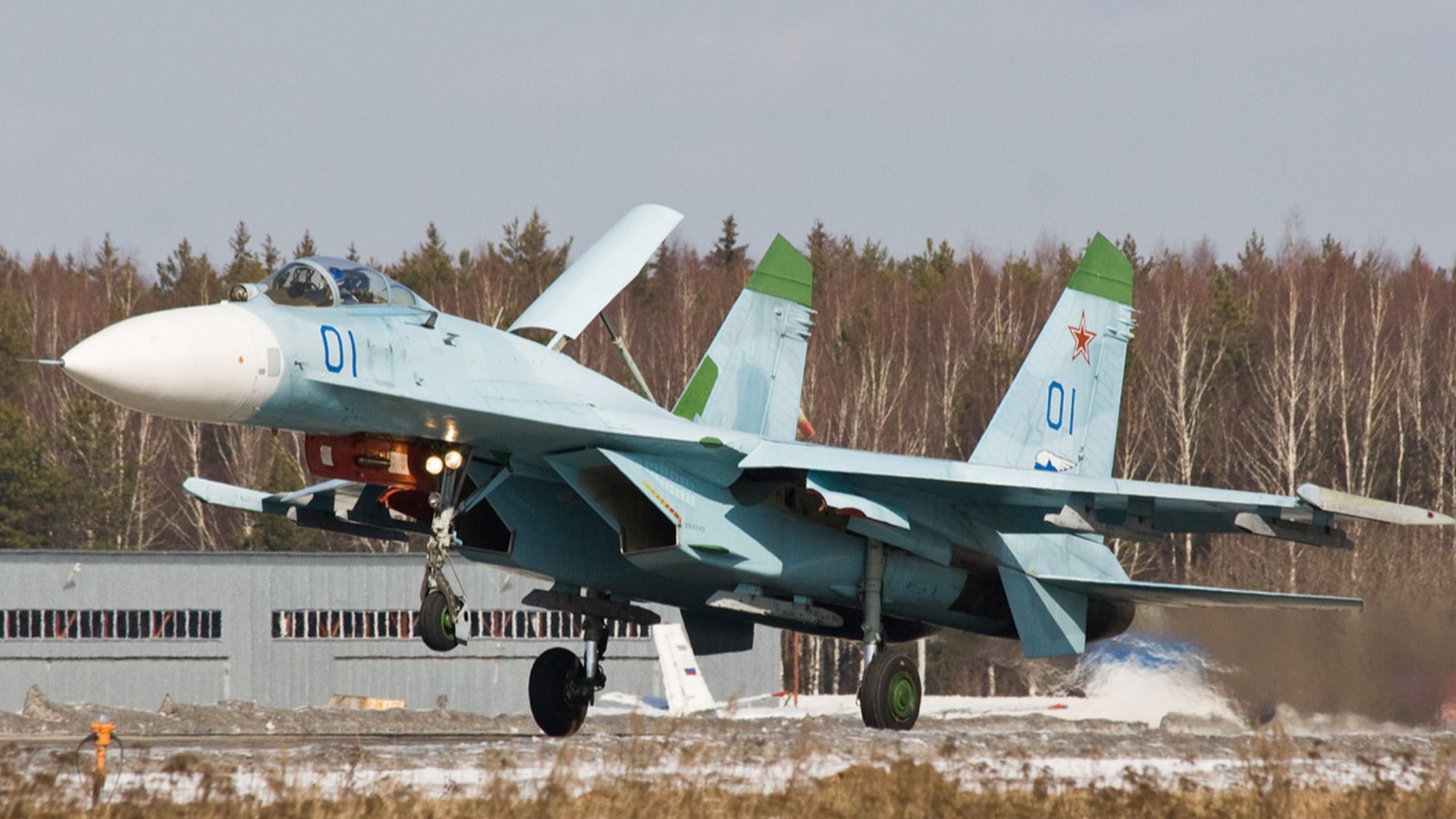 Dmitry A. Mottl, Wikimedia Commons
Dmitry A. Mottl, Wikimedia Commons
MiG-21 Fishbed
Few jets draw the eye like the MiG-21. Its compact silhouette favored speed and economy of shape. Designed in the 1950s and still flying in some countries, its arrow-like nose, minimalist wings, dorsal fin, and centered bubble canopy helped define Cold War visual identity.
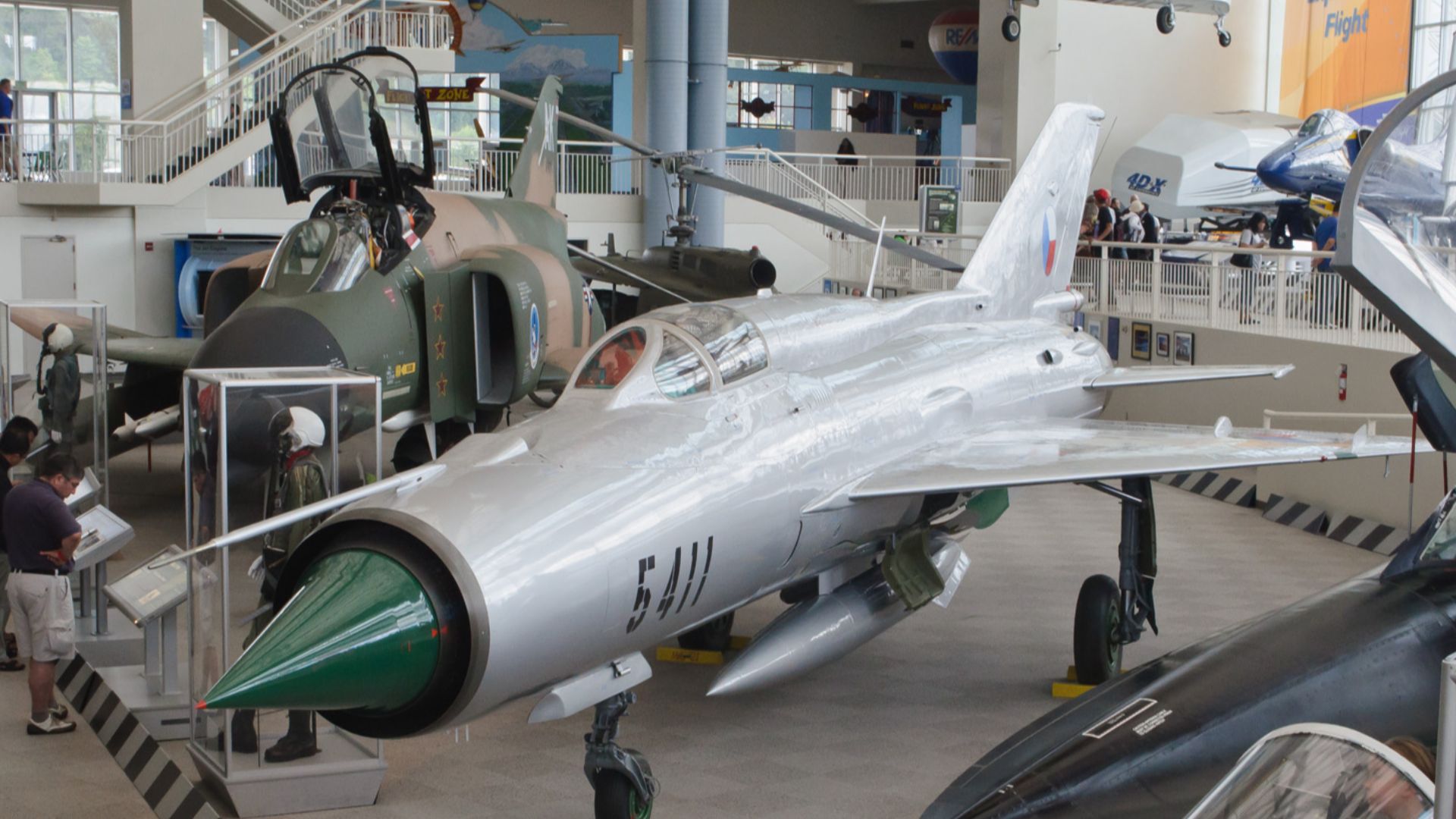 InSapphoWeTrust from Los Angeles, California, USA, Wikimedia Commons
InSapphoWeTrust from Los Angeles, California, USA, Wikimedia Commons
F-104 Starfighter
Nicknamed "the missile with a man in it," the F-104 had razor-thin wings and a long, slender fuselage. Introduced in 1958, its record-breaking speed and climb rates came at the cost of gentle handling. Its needle-like fuselage and stub wings produced a radar cross-section smaller than many contemporaries.
F-15 Eagle
First flown in 1972 and entering service in 1976, the F-15 Eagle became a symbol of US air superiority. Its twin vertical stabilizer and squared air intakes gave it an assertive profile. Designed for unmatched speed and climb rate, its clean lines support aerodynamic power and combat clarity.
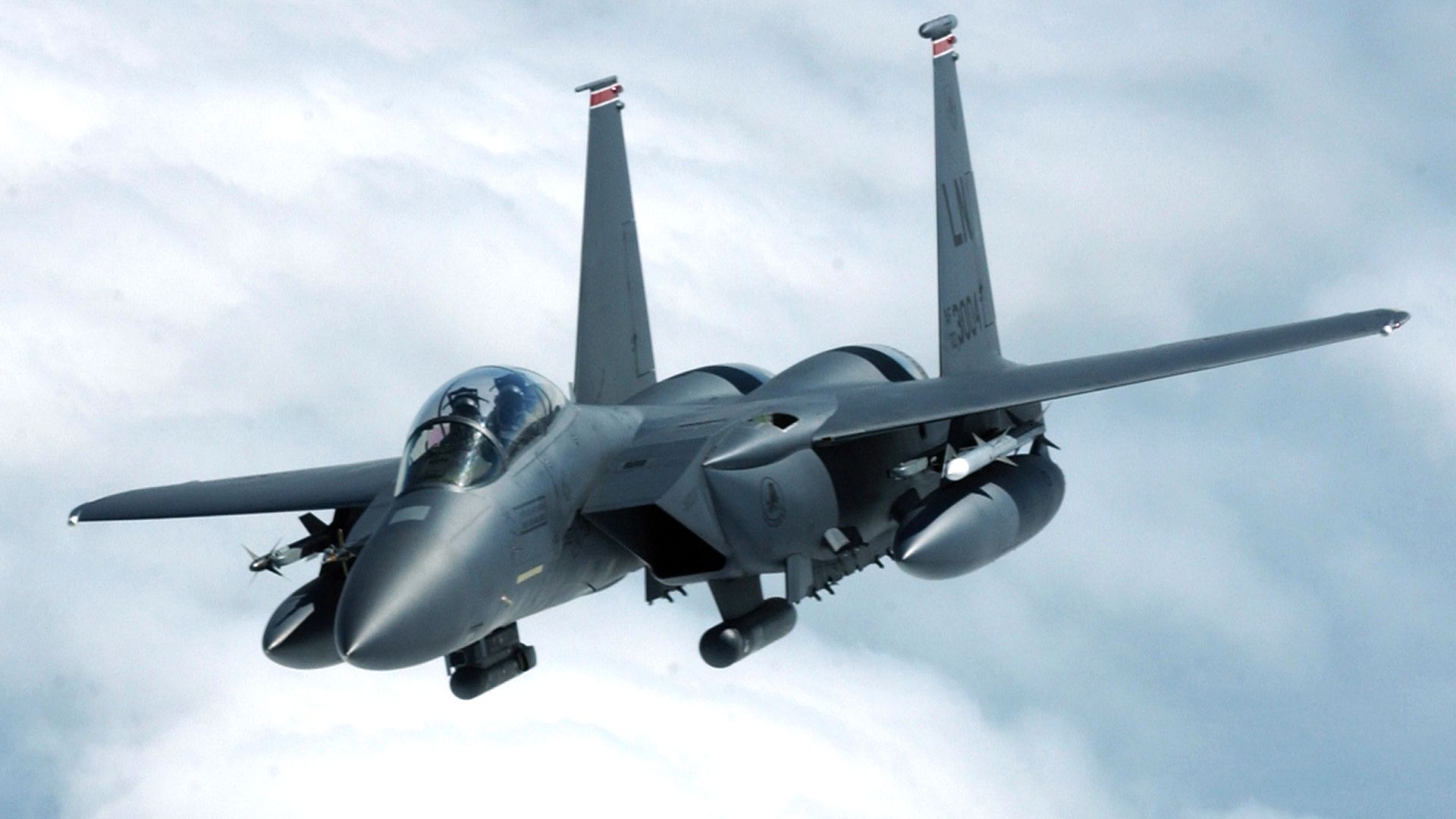 (U.S. Air Force photo by Staff Sgt. Tony R. Tolley), Wikimedia Commons
(U.S. Air Force photo by Staff Sgt. Tony R. Tolley), Wikimedia Commons
F-14 Tomcat
From the moment it appeared on carrier decks, the F-14 was visually arresting. Its variable-sweep wings adjusted mid-flight, which gave it dramatic silhouettes at different speeds. Twin tails and a bubble canopy completed the look. The Tomcat symbolized Cold War airpower with cinematic authority and real-world capability.
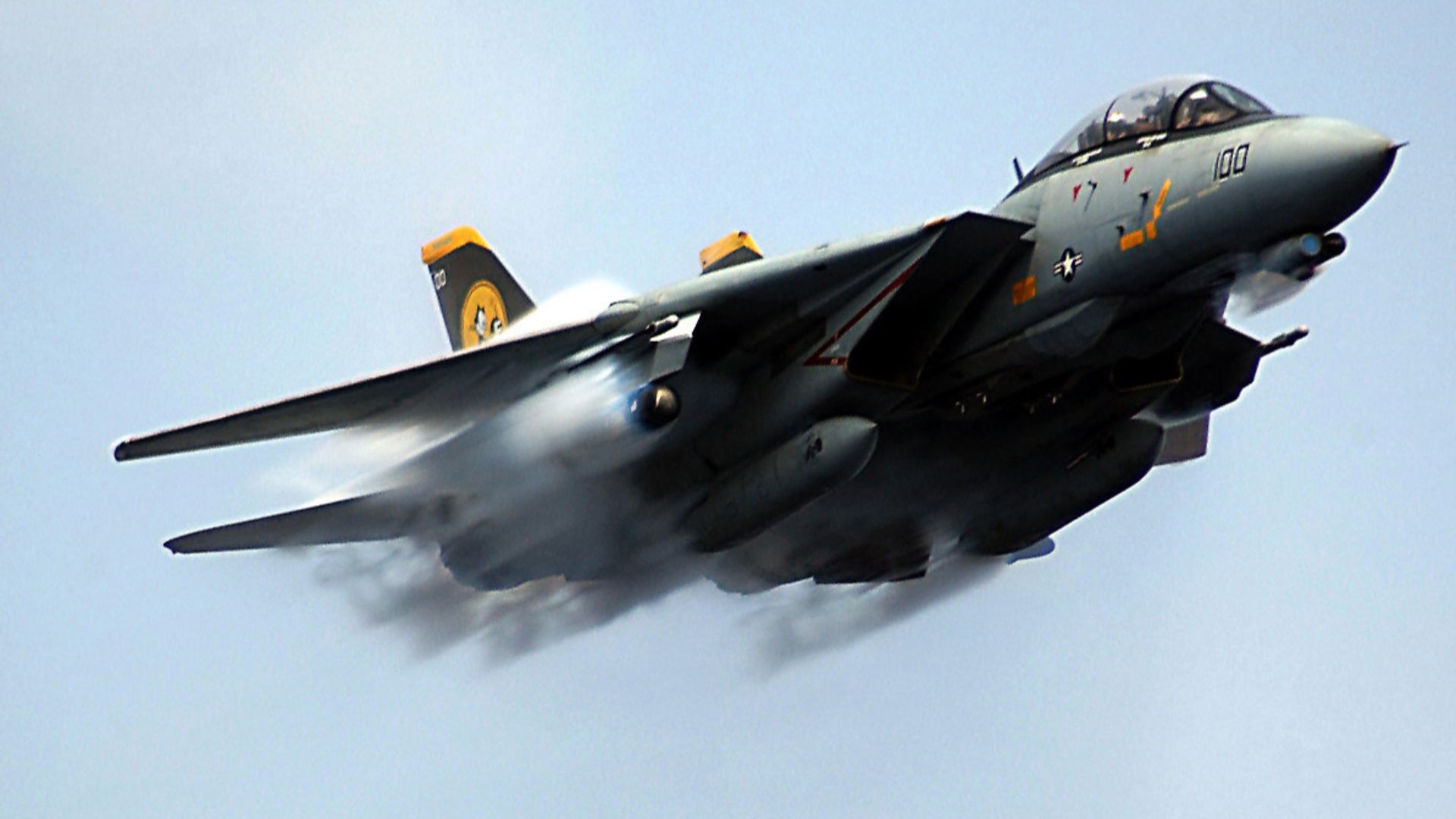 Service Depicted: NavyCamera Operator: NATHAN LAIRD, USN, Wikimedia Commons
Service Depicted: NavyCamera Operator: NATHAN LAIRD, USN, Wikimedia Commons
F/A-18 Hornet
The Hornet's shape balances function with compact refinement. Its wingtip missile rails and high-mounted intakes all contribute to its balanced form. First deployed operationally in 1983, its aerodynamic profile allowed it to fulfill air superiority and ground attack with a strikingly unified visual identity.
 Balon Greyjoy, Wikimedia Commons
Balon Greyjoy, Wikimedia Commons
F-16 Fighting Falcon
First flying in 1978, the F-16 used a relaxed-stability airframe and wide-body intake to deliver agile, responsive turns. Its bubble canopy and cropped tail fin amplified its visual clarity. The jet's sleek, featherweight presence echoed its role in high-energy dogfights and adaptable mission sets.
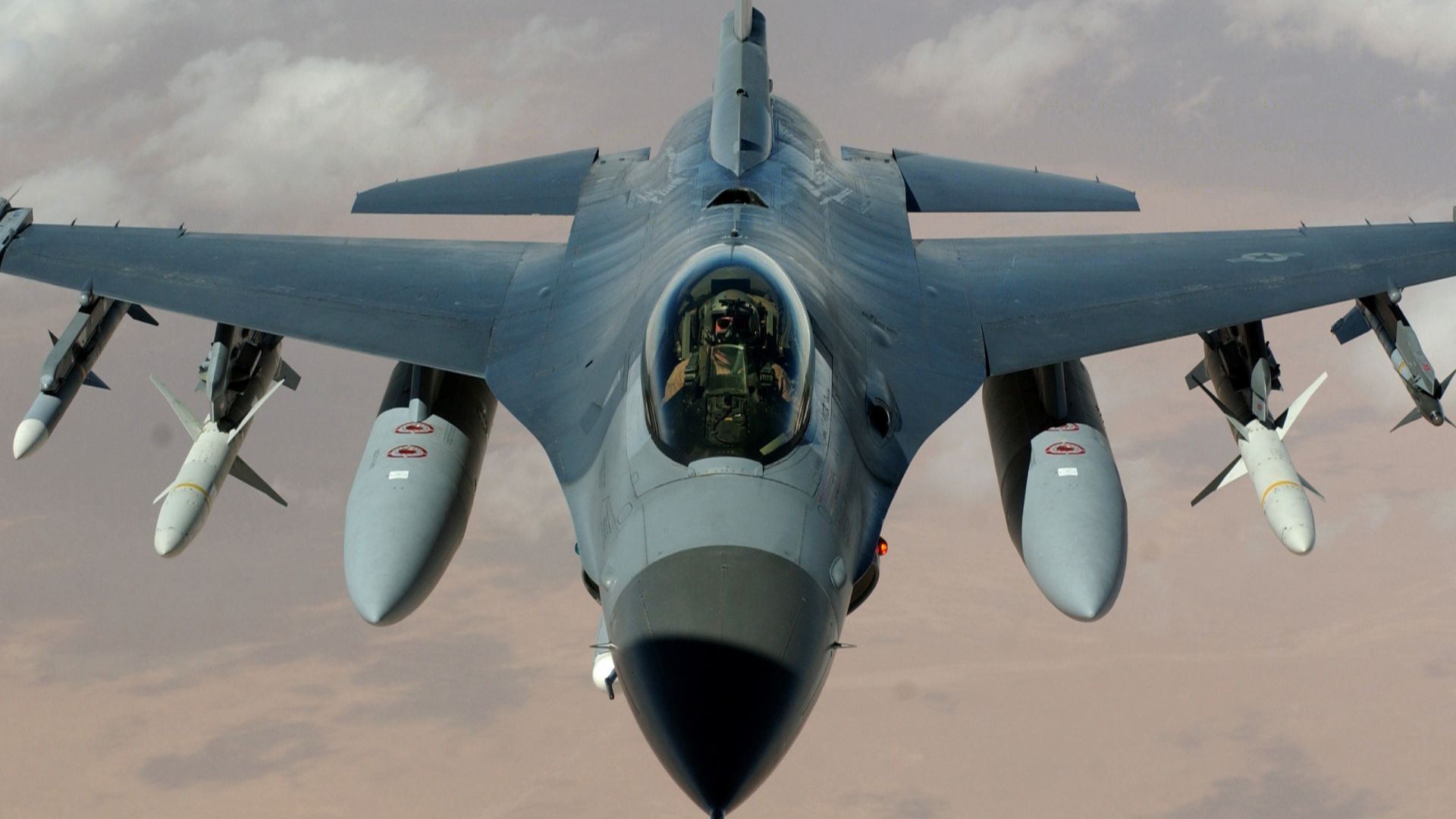 Staff Sgt. Cherie A. Thurlby, Wikimedia Commons
Staff Sgt. Cherie A. Thurlby, Wikimedia Commons
YF-17 Cobra
Though a prototype, the YF-17 had character. Its slim fuselage is tapered between twin tails and sharp root extensions. Built with light alloys and early composite components, it presented a nimble, almost reptilian frame. Its twin-tail configuration and LERX design informed the development of the F/A-18.
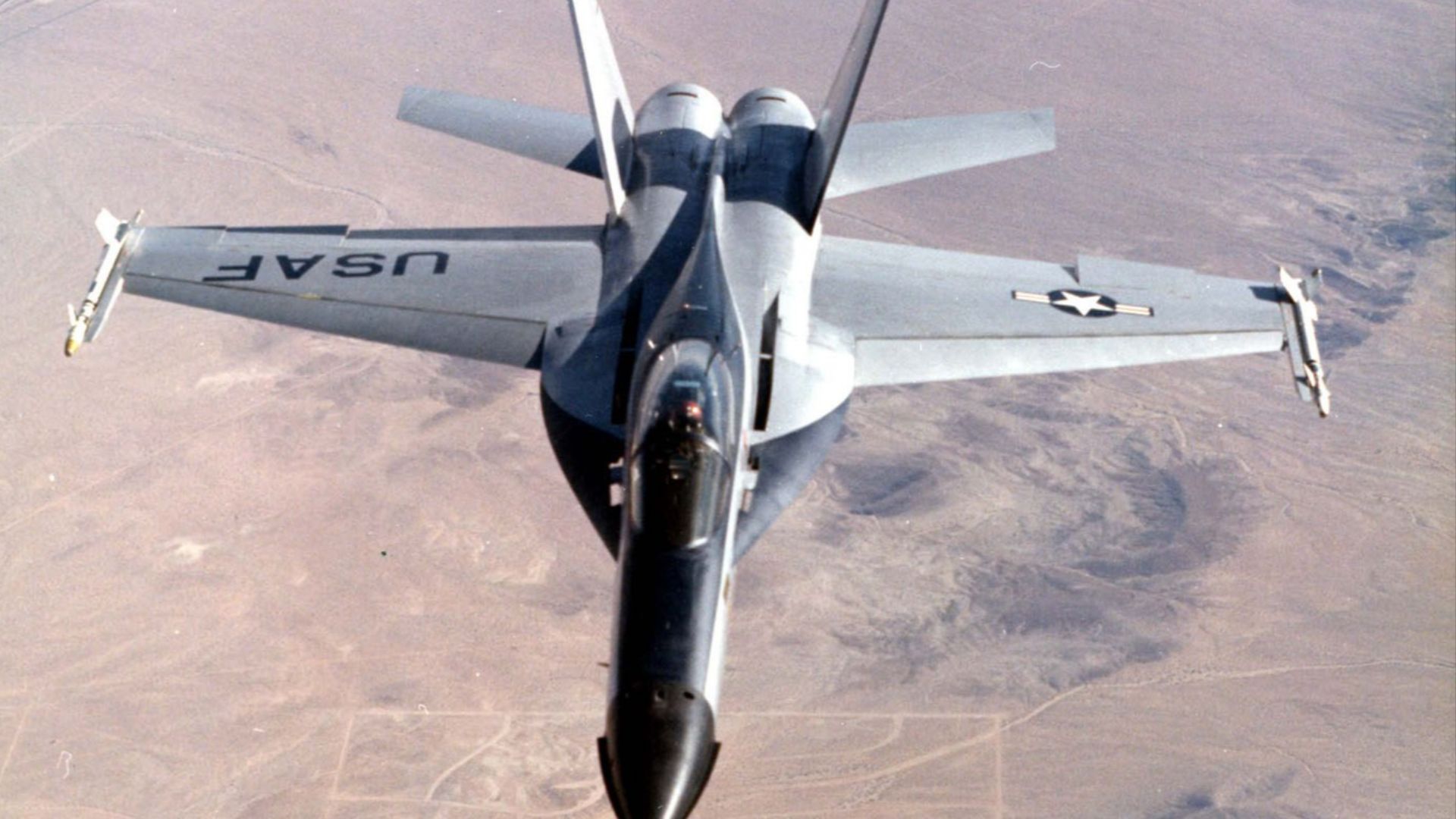 United States Air Force, Wikimedia Commons
United States Air Force, Wikimedia Commons
F-5 Freedom Fighter
Simplicity defined the F-5. Its clean lines and compact dimensions made it one of the most visually efficient jets ever built. First flown in the 1960s, the aircraft's silhouette avoided complexity, instead focusing on aerodynamic clarity, a form shaped entirely by utility and speed.
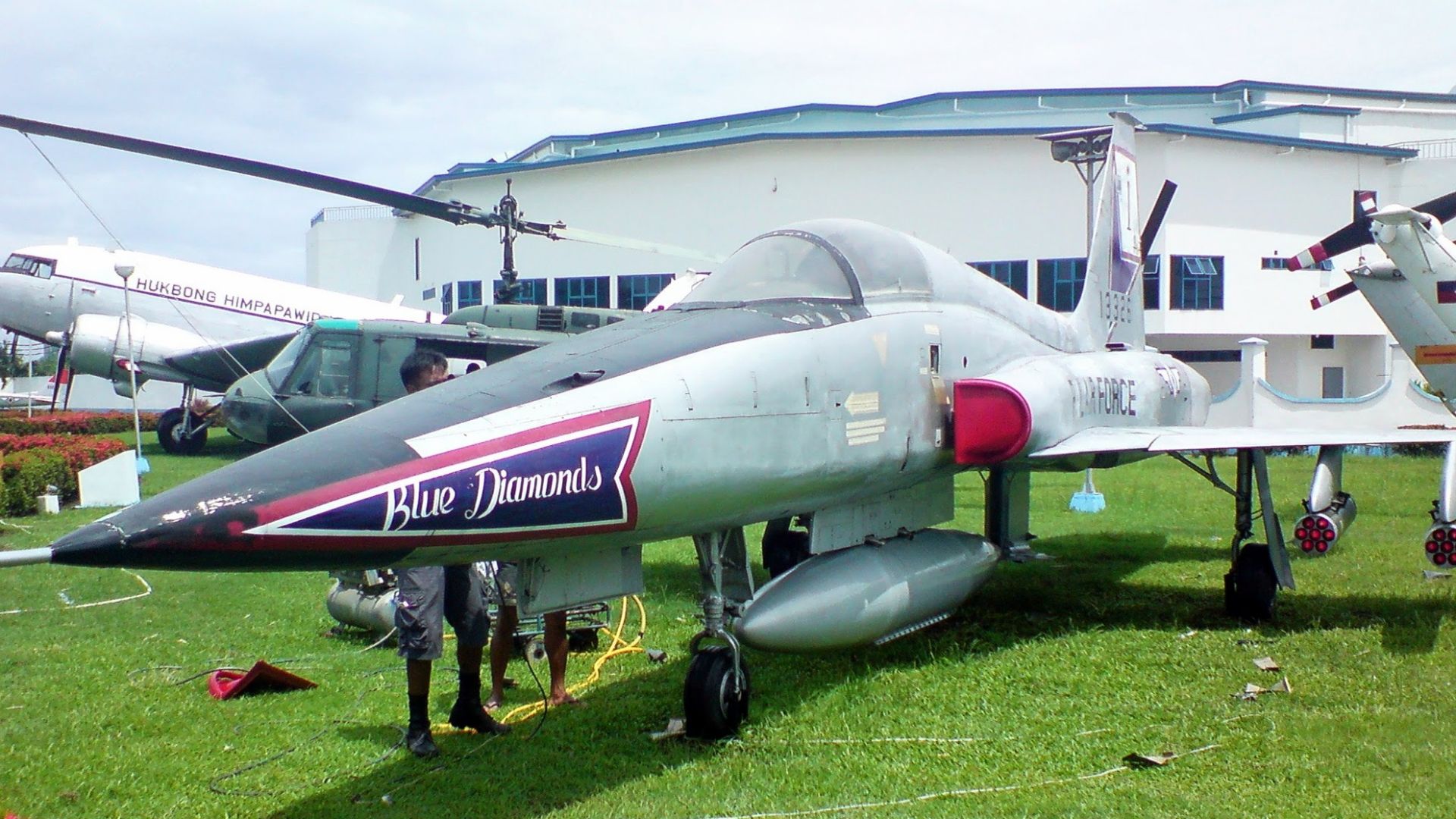 RoyKabanlit, Wikimedia Commons
RoyKabanlit, Wikimedia Commons
AV-8B Harrier II
First flying in 1981, the AV-8B Harrier II combined thrust vectoring with a compact design to operate from short runways or ships. Its oversized intakes and rotating nozzles played both functional and aesthetic roles, shaping a silhouette built for controlled lift and a distinct visual intensity.
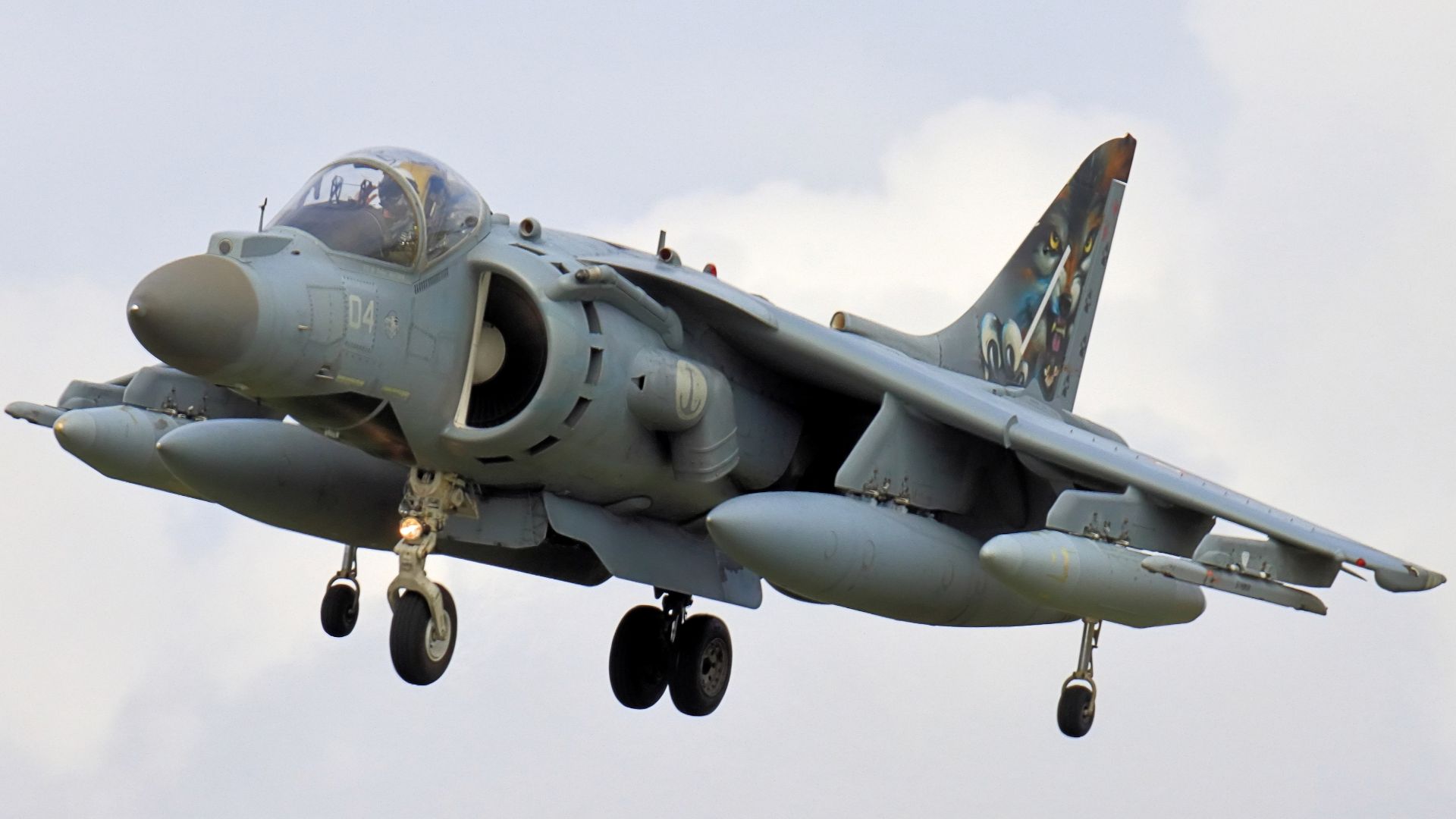 Airwolfhound from Hertfordshire, UK, Wikimedia Commons
Airwolfhound from Hertfordshire, UK, Wikimedia Commons
Saab Draken
Its snarling, dart-shaped planform was a visual icon of Scandinavian engineering during the Cold War. Designed for high-speed intercepts and rural highway landings, the Saab Draken traded agility against geometric simplicity. Central to it was the double-delta wing, which blended utility and artistry into an unmistakable aerodynamic signature.
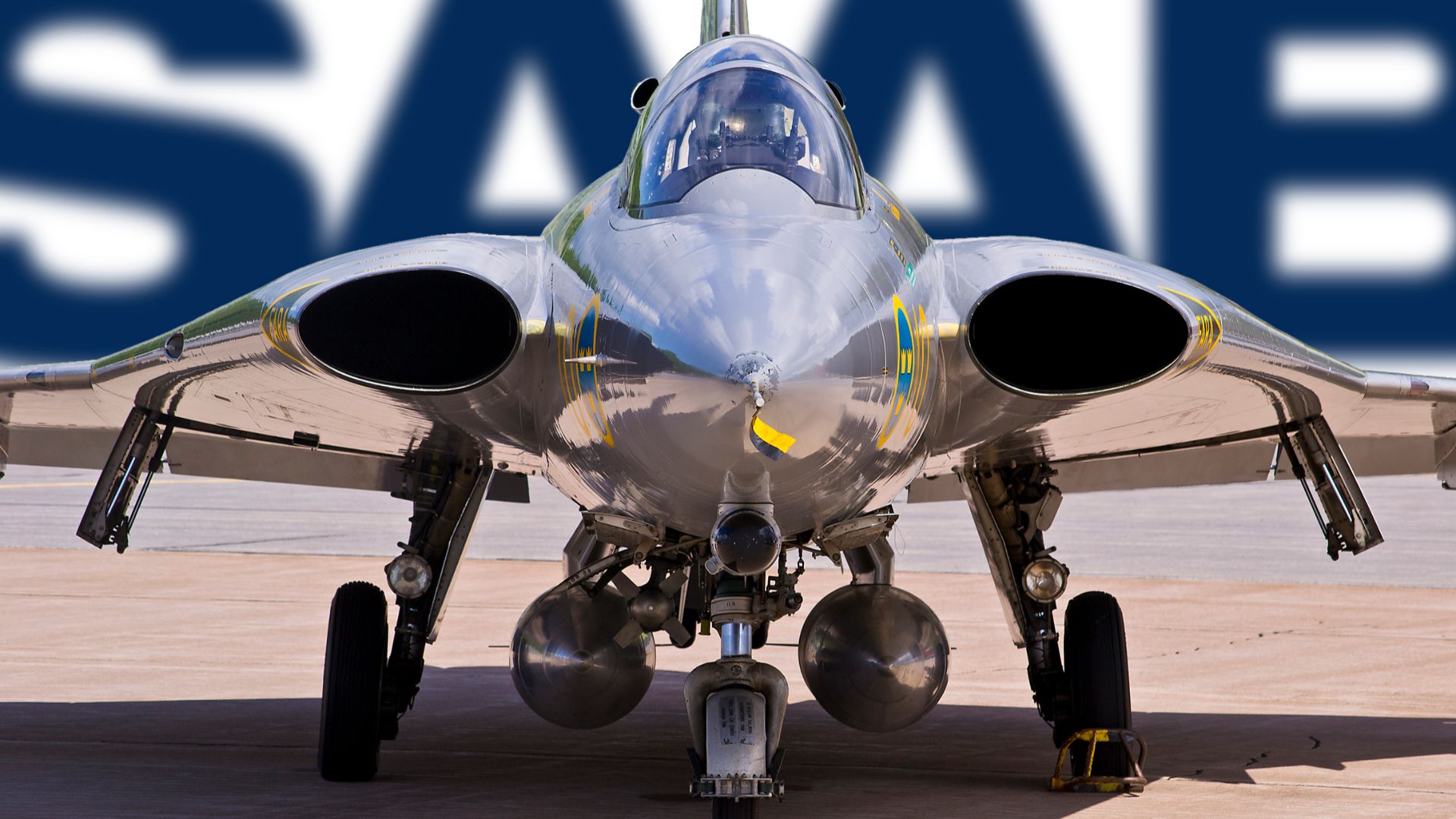 Tommy Olsson, Wikimedia Commons
Tommy Olsson, Wikimedia Commons
A-4 Skyhawk
Compact and visually clean, the A-4 Skyhawk was tailored for carrier operations and close support roles. Its delta wing and tricycle landing gear minimized weight and complexity. It was first flown in 1954 and nicknamed "Heinemann's Hot Rod" for its nimble performance and purposeful design.
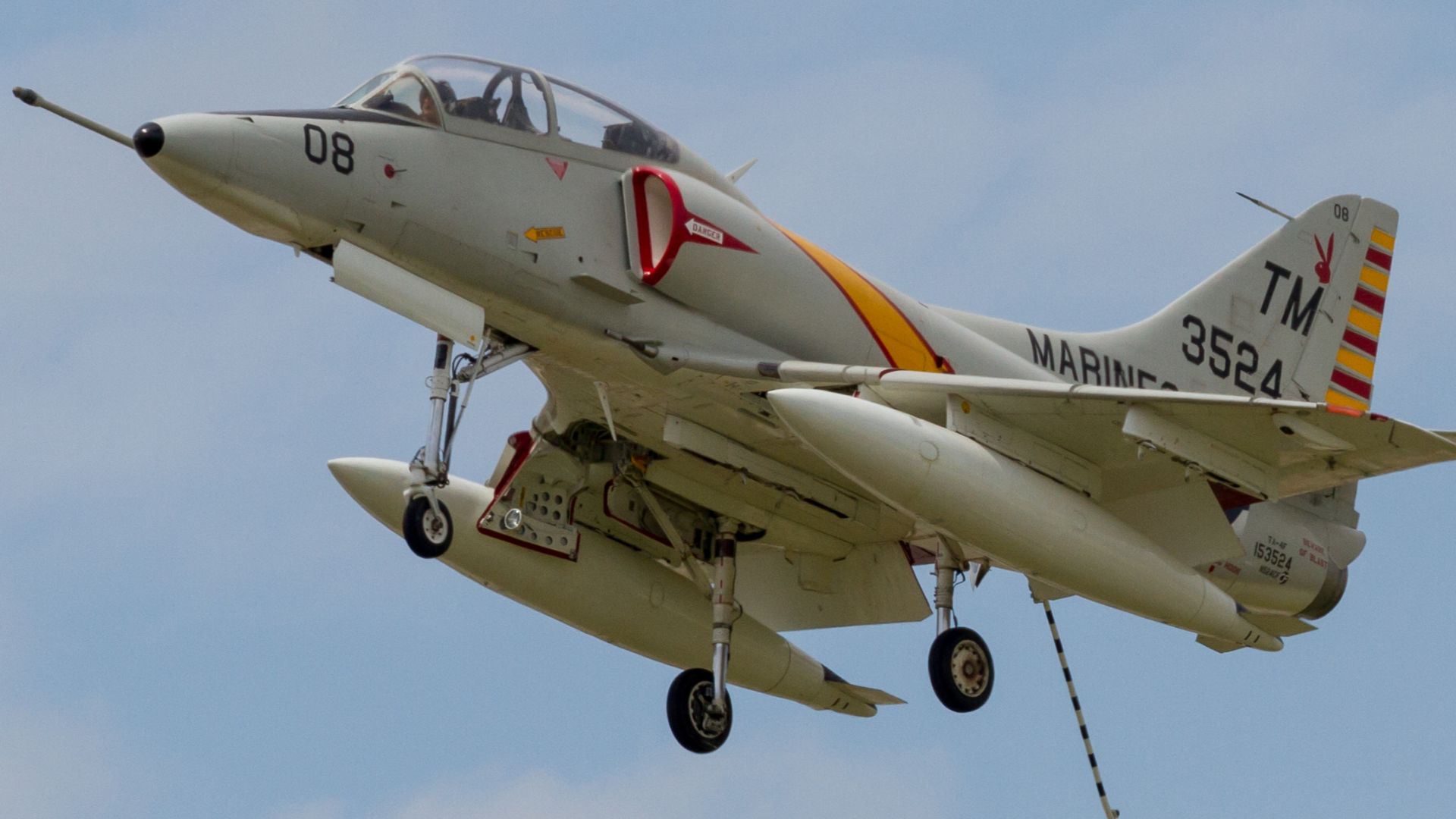 Balon Greyjoy, Wikimedia Commons
Balon Greyjoy, Wikimedia Commons
Lockheed XF-90
Conceived in the late 1940s for long-range bomber escort, the XF-90 featured sharply swept wings and a polished metallic finish. Its narrow canopy and aerodynamic lines embodied the essence of jet-age optimism. Though never fielded, it marked a daring visual step in postwar design.
MiG-15
Swept into service in 1947, the MiG-15 set a new design benchmark in Soviet aviation. With its circular nose intake, raised tailplane, wing fences, and compact fuselage, the jet carved a sharp profile that echoed across decades of Cold War fighter design and visual identity.
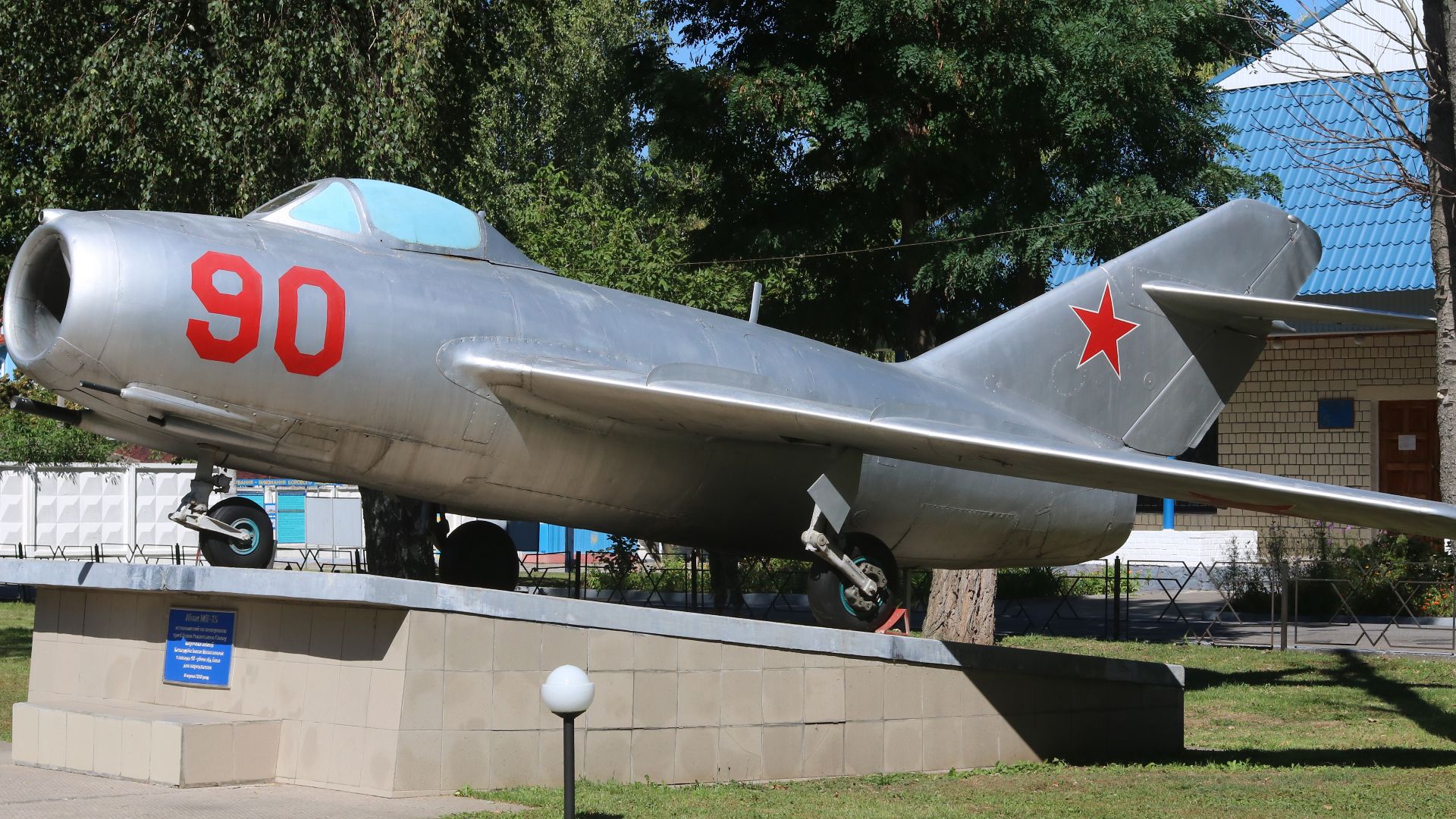 George Chernilevsky, Wikimedia Commons
George Chernilevsky, Wikimedia Commons


